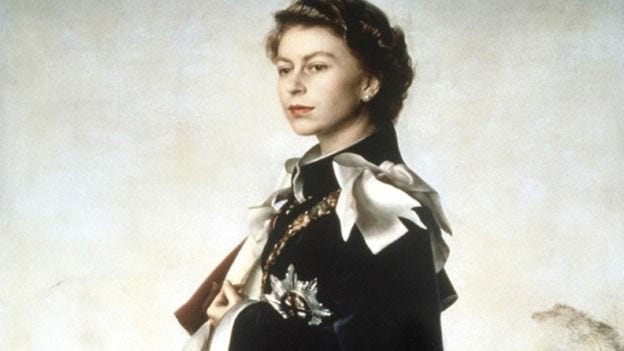
Happy Friday friends,
Yesterday brought the deeply sad news that Elizabeth II has gone to her reward.
To the extent that it is ever wise to speculate on the disposition of a stranger’s soul, I feel as confident as I can that Herself can hope in the loving mercy of Christ. The sincerity of her Christian faith was all too evident in her words and works, and…
